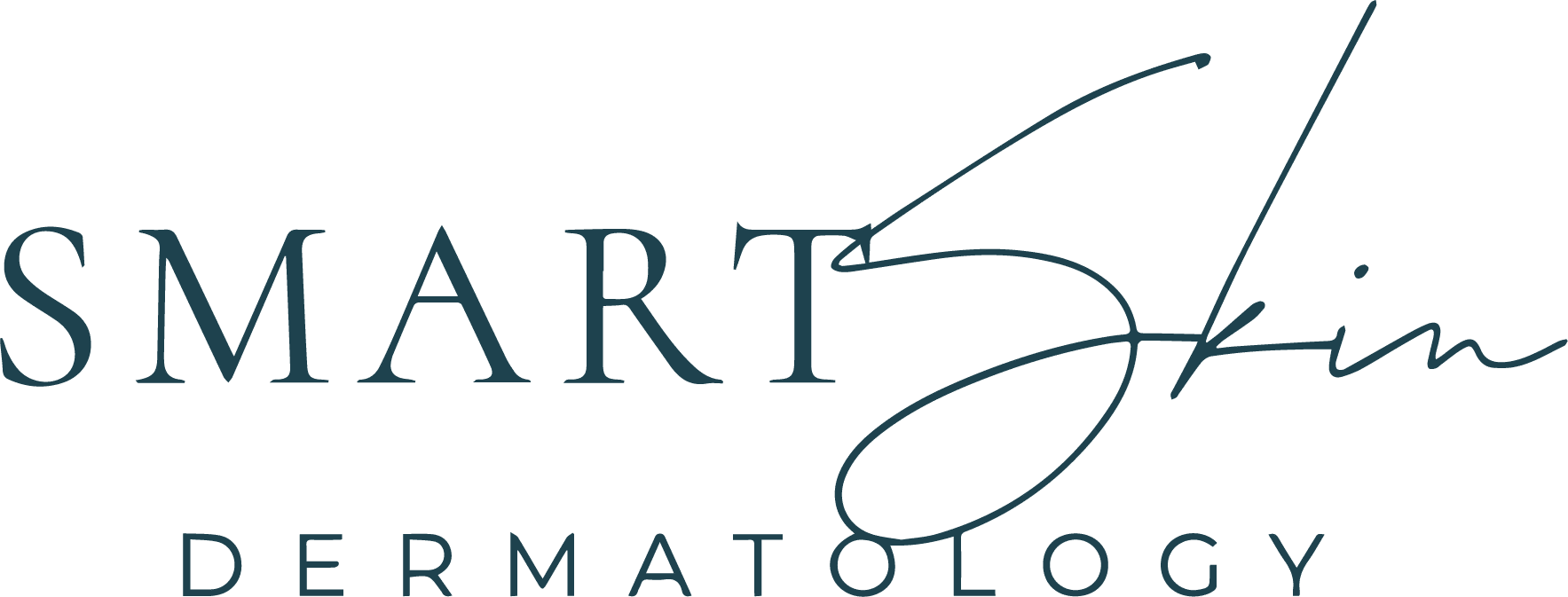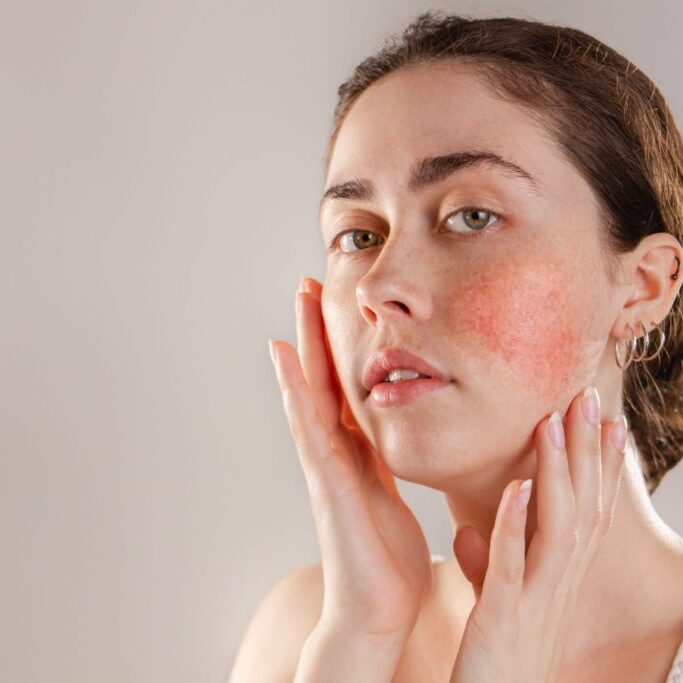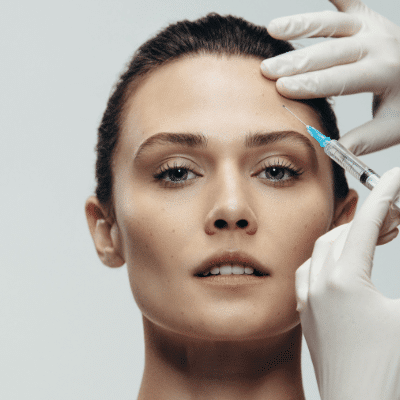Non-invasive Fat Reduction?
You may have seen or heard of the many different machines and treatments now available in spas and cosmetic physician’s offices for non-invasive fat reduction. Sometimes touted as easier nonsurgical options to the more invasive traditional liposuction, these treatments claim to help you lose fat without downtime. You’ve seen the advertisements or otherwise heard of these machines, right? If you haven’t, check them out. I’ll name just a few: CoolSculpt, Zerona, iLipo, Thermage, Ulthera, and Liposonix. If you have heard of some of these and you’re still confused, don’t worry. I think many physicians are too.
In recent years, a number of different treatment modalities have become available for the noninvasive reduction of adipose or fat tissue, and the discerning patient is bombarded by claims of quick-fix options and promises of dramatic results. A lot of different energies are employed by these various devices. Whether it’s cryolipolysis, radiofrequency, low-level laser or high-intensity focused ultrasound, advertisements and sales representatives may be hard to interpret, as most of these biased sources leave us thinking that these treatments sound too good to be true. Honestly, I think many of them probably are.
Each technology employs a different mechanism of action to try to get rid of the fat. Some Heat or burn, some freeze and some claim to poke holes in the targeted fat cells. Among the previously mentioned technologies, cryolipolysis, popularly known as CoolSculting, freezes the fat. Not only has this treatment been commercially available for the longest time, but it has also, in my opinion, has been the best researched.
The principle behind cryolipolysis is based on the fact that fat cells are more susceptible to cold than other cells in the skin. Thus, the precise and careful application of cold temperatures can trigger the death and slow clearing of the treated fat cells, without causing significant damage to the overlying skin.
In clinical studies, cryolipolysis was shown to reduce subcutaneous fat at the treatment site by up to 25% after one treatment. Improvements are generally seen in over 80% of treated subjects, and patient satisfaction rates are relatively high.
Cryolipolysis has been proven to be a safe method for targeted fat reduction, or “body contouring”, and is accomplished with only minimal discomfort in the vast majority of cases. Expected side effects include temporary redness and bruising. Occasionally, transient numbness will occur in the treated area. If this happens, it usually resolves within 2 weeks. Rarely, late-onset pain, occurring about 2 weeks post-procedure, is reported. This resolves without intervention.
